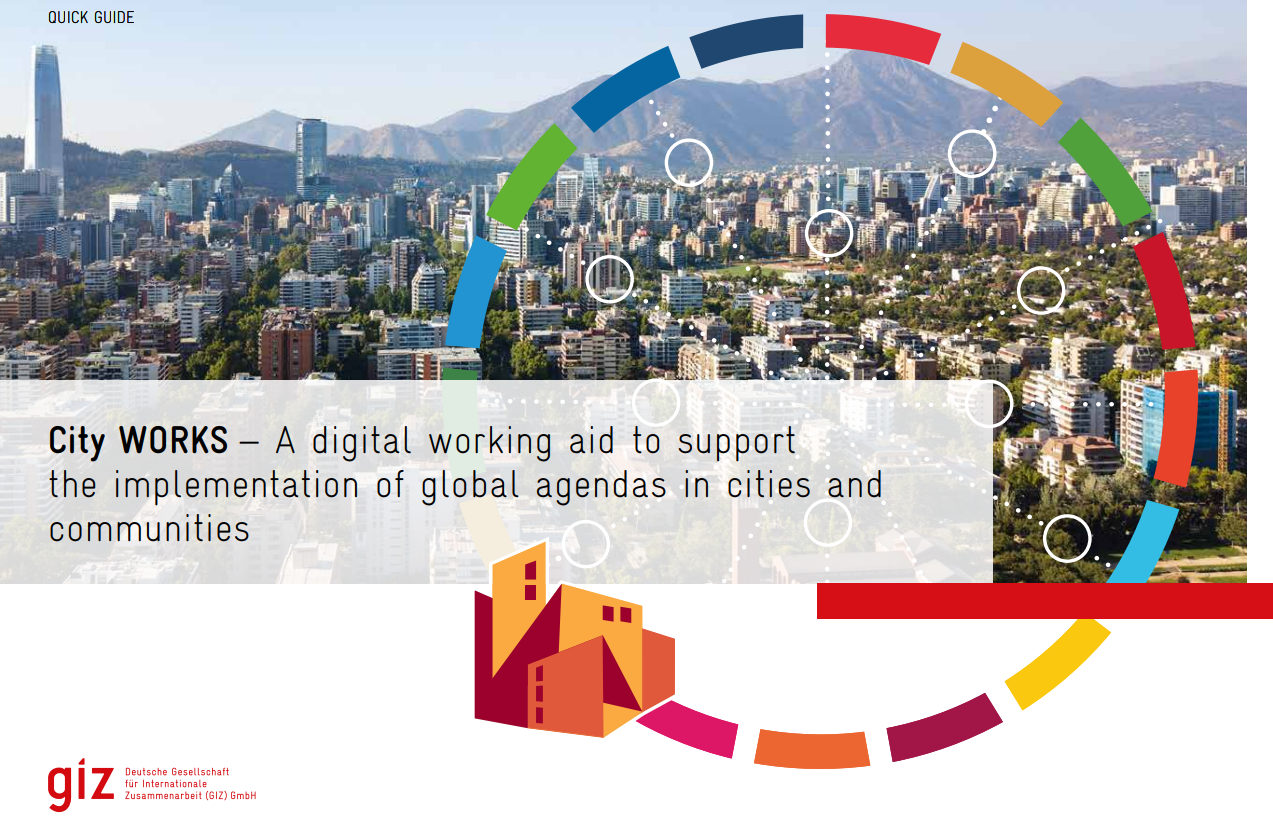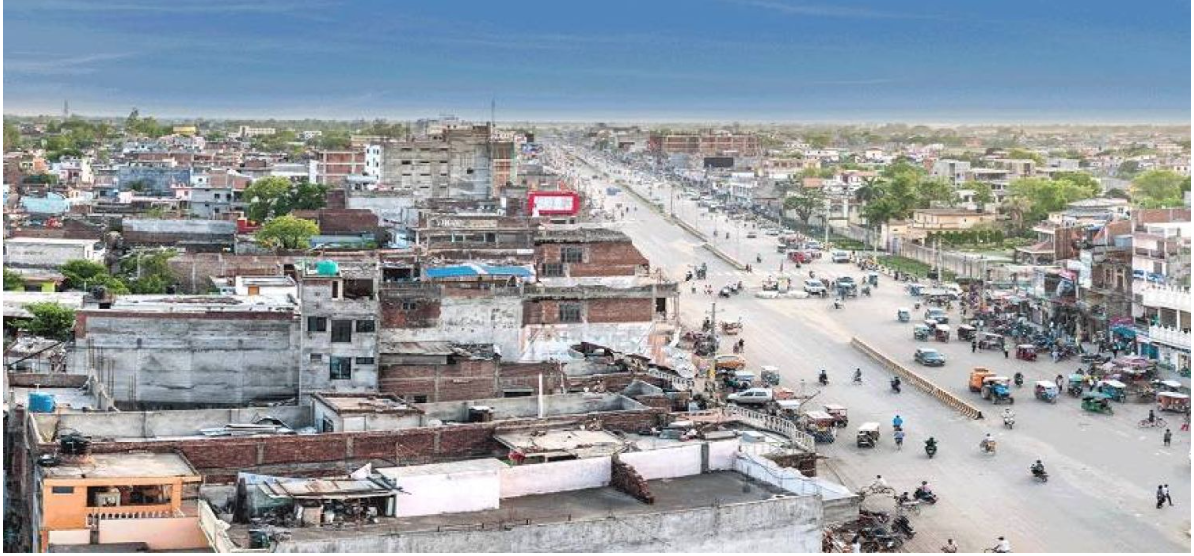Size and population development
According to the 2011 Census conducted by Nepal’s Central Bureau of Statistics, the population of Dhangadhi was 147,181 and was comprised of 50.28% females and 49.72% males The city covers an of area of 261.75 km2 resulting in a population density of 780 people per KM2.
The CBS estimated the population in 2021 at 204,788.
Population composition
The 2011 Census data recorded that the largest ethnic group is Tharu, who account for 37% of the population, Chhetris with 21%, and the Hill Brahman population is 17%. Other groups include Thakuri (6%), Kami (6%), Magar (3%) and others various ethnic groups make up (12%) of the population.
The 2011 data revealed that 36% of the population of the city spoke Tharu, 31% Doteli, 22% Nepali, 2% Hindi, 2% Maithili, 1% Magar, and 6% spoke other languages.
The main religion followed is Hinduism with 94% of the population with the remaining % divided between Christianity, 2% Buddhism and other religions 2%.
Main functions
Dhangadhi is located in the Kailali District, Seti Zone of Far Western Development Region Nepal. It is located at the altitude of 109 m above sea-level and 750 KM from Kathmandu, the capital City of Nepal.
Main industries / business
Sources for city budget
Local governments receive conditional money from the federal and provincial governments along with revenue raised from city services including housing, transport, recreation amenities etc.
Political structure
Local government in Nepal is the third level of government and is administered by the provincial governments which in turn is beneath the federal government. Municipalities are divided into three categories: Metropolitan municipality (500,000+ population), Sub-metropolitan municipality (200,000+ population) and Municipality (10,000+ population).
Administrative structure
Dhangadhi is a sub-metropolitan city with 19 wards.
The Constitution of Nepal has provisions for a Municipal executive within each local level. The executive is headed by a mayor who is elected by first-past-the-post voting. First-past-the-post voting is also used to elect the vice-chairperson or deputy mayor and ward chairperson for each ward in the local district who are also members of the executive. Four women members and two members from the Dalit or minority communities are also elected to the executive by the Village or Municipal Assembly among themselves.
A Judicial Committee is also formed in each local level that is led by the vice-chairperson or deputy mayor of each local level and two members elected by the assembly.
Website
http://www.dhangadhimun.gov.np


